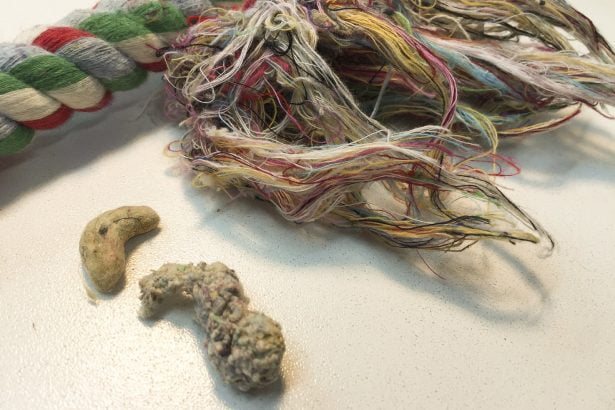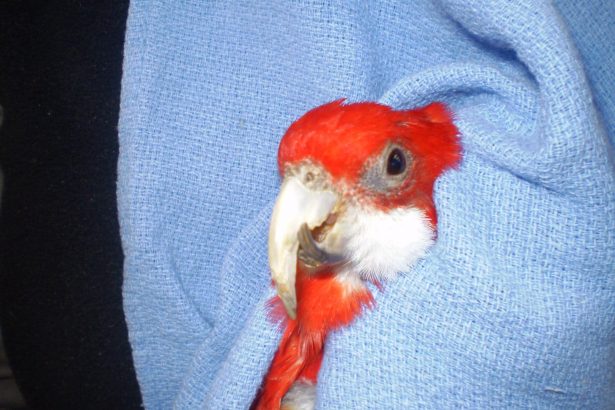Australia’s connection with birds runs deep – from the ancient Dreaming stories that honour native species to the aviaries and homes that now house parrots from faraway lands. The presence of exotic birds in Australian life is a reflection of how our relationship with wildlife has evolved – shaped by curiosity, commerce, conservation, and companionship.
From the Dreaming: Birds in Indigenous Culture
For tens of thousands of years, Australia’s First Nations peoples have revered birds not as possessions, but as kin. Birds such as the kookaburra, the black cockatoo, and the wedge-tailed eagle feature prominently in songlines and creation stories, representing connection to land, spirit, and identity.
These traditions hold lessons about coexistence rather than ownership. To Aboriginal and Torres Strait Islander cultures, birds were storytellers, guides, and symbols of the natural order. The notion of confining them for decoration or novelty would have been unthinkable. It’s only in the last few centuries that this balance shifted – when colonisation introduced not just new species, but new ideas about the relationship between people and animals.
Colonial Obsession: The Bird Trade Arrives
When British settlers arrived in the late 18th century, they brought with them a fascination for the exotic. Early colonial life was marked by a hunger for the unfamiliar – tropical flora, brightly coloured feathers, and animals from distant lands. Ships that brought supplies also carried birds from Asia, South America, and Africa, many destined for private collections or menageries.
Parrots, finches, and macaws became symbols of sophistication, their vivid plumage a status marker in a young colony eager to emulate European tastes. By the mid-1800s, Australia’s ports were part of a global wildlife trade, exporting native parrots abroad while importing exotic species for breeding or display. Few questioned the ethics or ecological risks at the time; birds were seen as ornaments, not sentient beings.
Early Aviculture and the Australian Climate Advantage
Australia’s warm climate proved perfect for keeping tropical species, and by the early 20th century, aviculture had become a national pastime. Breeders and enthusiasts exchanged knowledge through clubs and exhibitions, leading to the establishment of aviaries in public gardens and private estates alike.
Budgerigars – native but widely bred – became household favourites, while imports such as Indian ringnecks and African grey parrots gained popularity for their talking ability and striking appearance. At this stage, exotic bird ownership was still largely unregulated. What began as curiosity gradually evolved into a culture of long-term commitment and, for many, genuine affection.You can read more about budgerigars as pets in our detailed Exotic Animal Spotlight article, which explores how these birds became some of Australia’s most popular companions.
Changing Ethics: From Collecting to Caring
By the late 20th century, attitudes toward wildlife were shifting. Conservation awareness grew, and the once-common practice of trapping wild birds fell out of favour. Legislation began to restrict imports, and aviculture moved toward captive-bred populations rather than wild-caught specimens.
This was also when veterinary care for exotic species began to professionalise. Clinics like ours emerged to address the specific medical and behavioural needs of birds, from nutritional deficiencies to feather-plucking and respiratory infections. Our overview of bird physiology explores how unique their systems are compared to mammals – and why specialised care is essential for long-term health.
The idea of holistic vet care also took hold – recognising that birds’ wellbeing depends not just on physical health, but on mental stimulation, environmental enrichment, and social interaction.
Owning a bird was no longer a matter of keeping it alive; it became about ensuring it could thrive.
The Emotional Bond with Exotic Birds
Today’s bird owners often describe their parrots and cockatoos as companions rather than pets. These highly intelligent creatures form deep emotional attachments and can live for decades, sometimes outlasting their owners. That longevity is both a gift and a responsibility – one that too often surprises new owners unprepared for the commitment.
Before bringing a parrot home, it’s worth reading our article on why parrots make terrible pets unless you’re ready to commit for life, which explains the depth of care, time, and emotional investment these birds require.
Learning positive reinforcement and trust-based handling can transform that relationship. If you’re new to this, our Basic Guide to Bird Training covers techniques that help create stronger, more confident bonds between humans and their feathered companions.
The relationship between people and birds reveals much about modern Australia’s evolving sense of stewardship. We have moved from exploiting wildlife to nurturing it, though not without contradictions. The sight of an Amazon parrot or a cockatiel in a suburban home is a clear indication of our love for the natural world, but also a reminder of how far removed from it we’ve become.
Conservation, Ethics, and the Future
In recent years, conservation programs have encouraged Australians to think more carefully about the ethics of keeping exotic species. Illegal trade and unregulated breeding still occur, posing risks to both the birds and native ecosystems. At the same time, responsible aviculture plays a role in preserving genetic diversity and educating the public about conservation.
As a holistic vet practice, our approach is to help owners see their birds as partners in wellbeing. This means considering diet, light cycles, mental health, and even social compatibility. This means considering diet, light cycles, mental health, and even social compatibility. It also means ensuring the home environment is safe – something that is an integral part of being a responsible bird owner.
For those drawn to unusual companions, understanding species-specific care is essential. You can learn more about other unique species in An Introduction to Unusual Exotic Pets and How to Provide Appropriate Care.
What Exotic Birds Tell Us About Ourselves
The story of exotic birds in Australia is really a story about us. It reflects our shifting values – from dominion to empathy, from curiosity to care. Birds that once symbolised power and prestige now represent connection and compassion. They invite us to listen more closely to the rhythms of nature, even within our homes.
Every feather, every call, every learned word from a pet parrot is part of a larger conversation about how we coexist with the life around us. In that sense, our fascination with exotic birds has brought us full circle: back to a recognition that we are not separate from nature, but part of it.
FAQs
Native birds originate from Australia’s ecosystems, such as cockatoos and budgerigars, while exotic birds come from other regions of the world. Many exotic species – including Indian ringnecks and African greys – have adapted well to life here, but they still require specialised diets, housing, and veterinary support from holistic vets experienced with exotic pets in Australia.
When sourced responsibly and provided with proper care, keeping exotic birds can be ethical and even beneficial for conservation through captive breeding. However, potential owners should understand the long-term commitment and emotional needs of these birds.
Holistic vet care means looking beyond basic feeding and grooming to consider your bird’s environment, diet, and mental wellbeing. Providing natural light cycles, social interaction, and safe enrichment toys are all key. Regular check-ups with a holistic vet can help prevent stress-related conditions and keep your bird healthy for years to come.





